Six key trends for the Smart TV boom
Which changes from the Covid pandemic era will stick? One emerging answer so far for digital advertising is the jump up in Smart TV viewing and advertising volumes - both remaining higher than pre-pandemic levels.
What Is Smart TV?
Smart TV - also known as Connected TV - has integrated, interactive internet capabilities built in. As well as seeing fast growth in the last five years, in the last two years it has become the dominant form of television tech.
Smart TV is also the fastest growing segment for digital providers. Netflix reported that 70% of its streams were on Smart TVs in the past year, and YouTube - while more embedded on phones, tablets and desktops - reports that Smart TVs are nevertheless currently the fastest growing segment.
Smart TVs are a convergence of technologies. They also represent a convergence of two dominant advertising possibilities: TV buying for reach, combined with the targeting and measurement of digital advertising.
Smart TV has been a revolution predicted for years - but now it is one that has come of age, and in accelerated fashion via COVID-19. We’ve picked out six key Smart TV trends for digital advertisers.
One. Smart TV advertising accelerates
Different forms of advertising during COVID-19 have seen diverging dips and subsequent recoveries. Smart TV has seen recovery plus new volume - with adoption rates rising, it’s a trend which will outlive the pandemic and lockdown home entertainment boom.
The attraction at this moment is for more efficient and targeting advertising with big reach.
Two. Short form video grows fast
Short form video growth is a big trend in Smart TV and across social media (the rise of TikTok and Instagram TV). Latest figures from Deloitte indicate that 75% of consumers watch short video content, with that number reaching over 85% for younger audiences. TikTok advertising grew during lockdown with the amount of available inventory mushrooming.
Netflix and Amazon have both been experimenting with shorter shows since 2018 - perhaps too slowly, although Netflix now has a roster of shows with 12 to 17 min episode length.
Three. Fight to shape the future of Smart TV
Amazon Prime, Hulu and Netflix are the old guard of Smart TV streaming and all are focused on using their data to update content and streamline interfaces. Who will shape the industry for the decade to come, as Smart TV comes to dominate as a form?
New entrants - and new services from established providers - are now challenging the old guard for streaming time. Disney have entered the space successfully with Disney+, and Facebook has released Facebook Portal, their Smart TV offering.
Four. YouTube Select
YouTube upgraded their TV buying platform with YouTube Select. This allows advertisers to buy ads on YouTube worldwide with newly granular targeting by category, including the selection of ‘emerging’ channels and more niche audiences.
Select also features the ability to exclude shows, powerful brand safety measures (addressing a previous concern advertisers had with YouTube at scale), and has audience targeting backed by Nielsen which goes much further than traditional TV’s demographics of age and gender. Google call it ‘relevancy at scale’.
Five. Second screen triggers
A further element to smart TV is ‘second screening’ - viewers also using their phones while watching TV. TV and mobile combined opens up a second advertising possibility.
Kenshoo can run TV triggered Facebook ads, for example. In surveys commissioned by Facebook, 43% of TV watching is also combined with mobile usage.
Six. Audiences prefer targeted ads
Whereas TV streaming initially meant subscription heavy models, the diversifying of platforms combined with programmatic advertising technology now means that Smart TV combines both. Deloitte’s digital trends survey in 2019 found that the Smart TV audience preferred targeting, relevant ads, with more than 70% of people saying that they would be happier with their viewing experience if they received more relevant and less repetitive ads.

